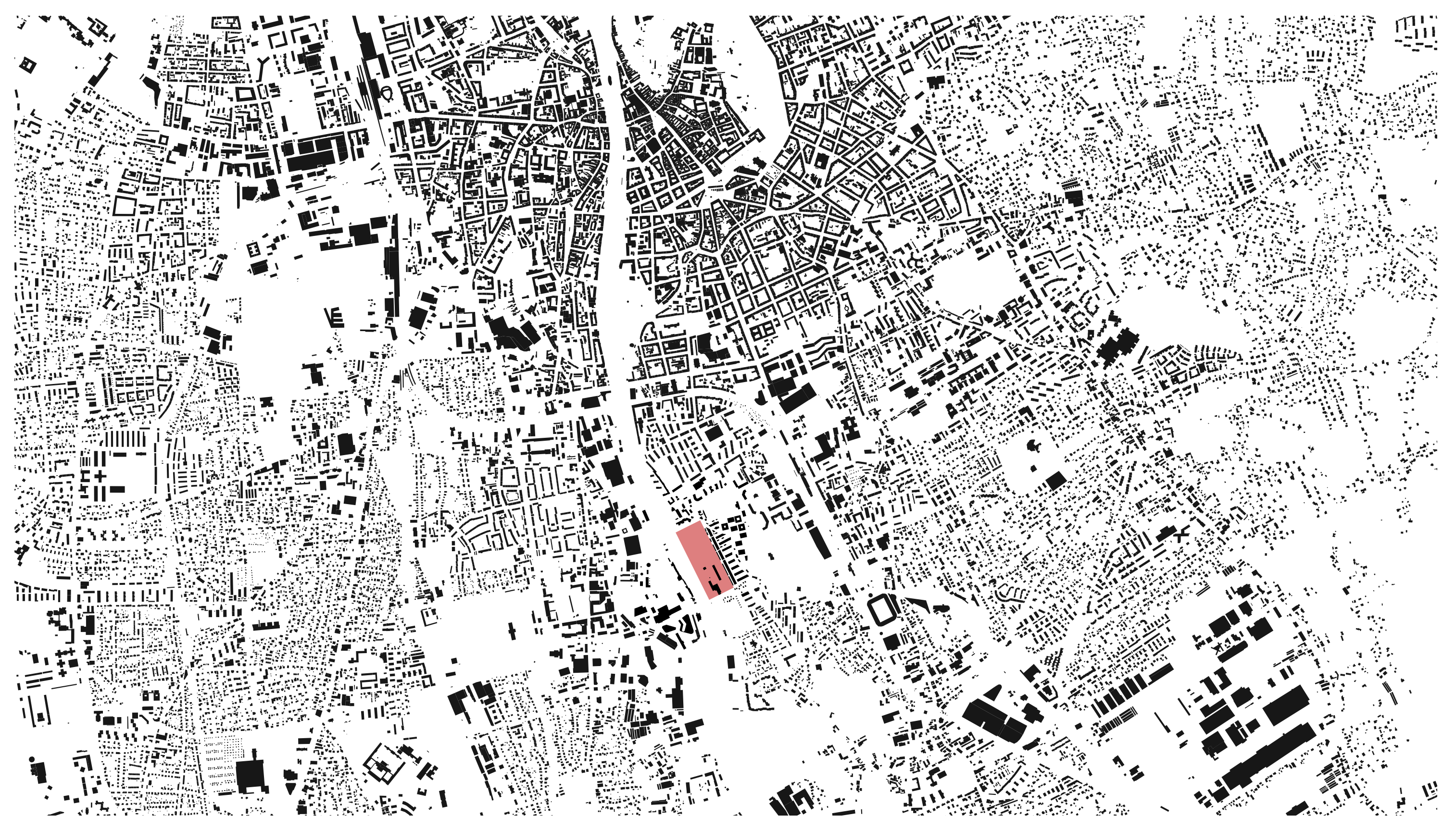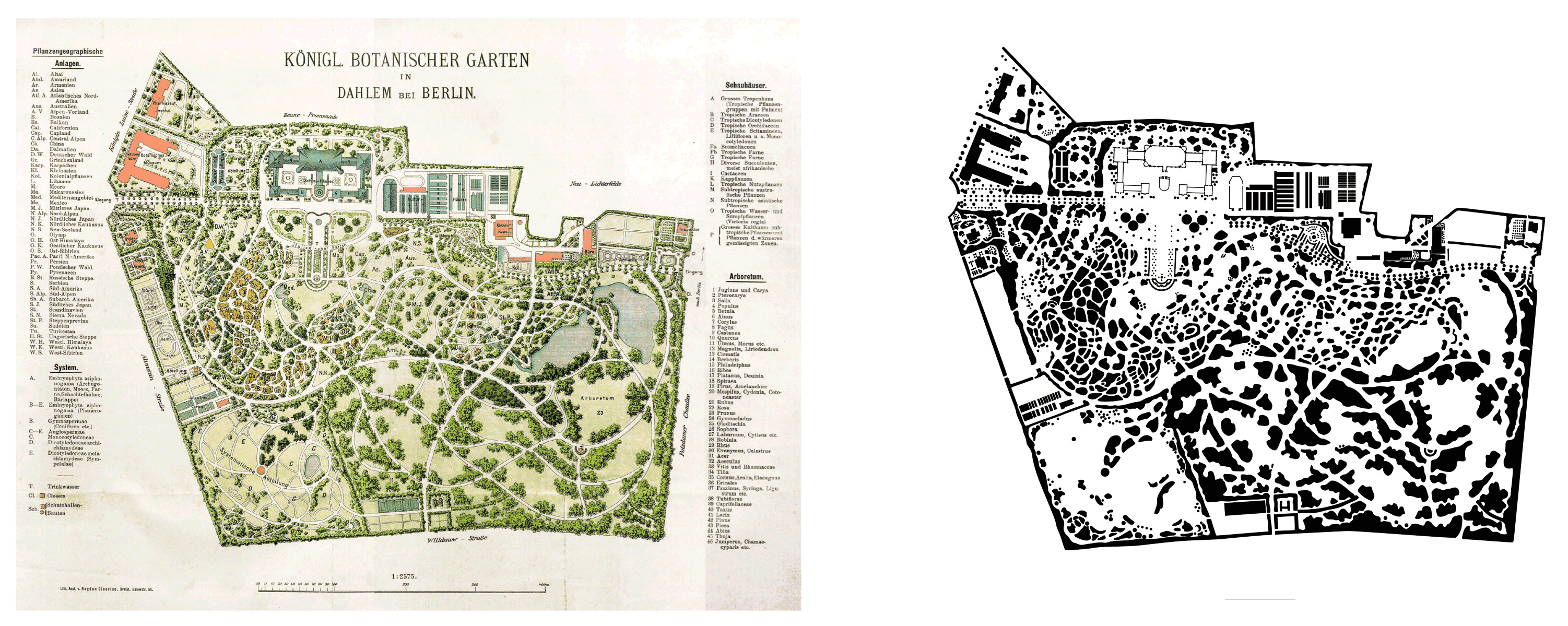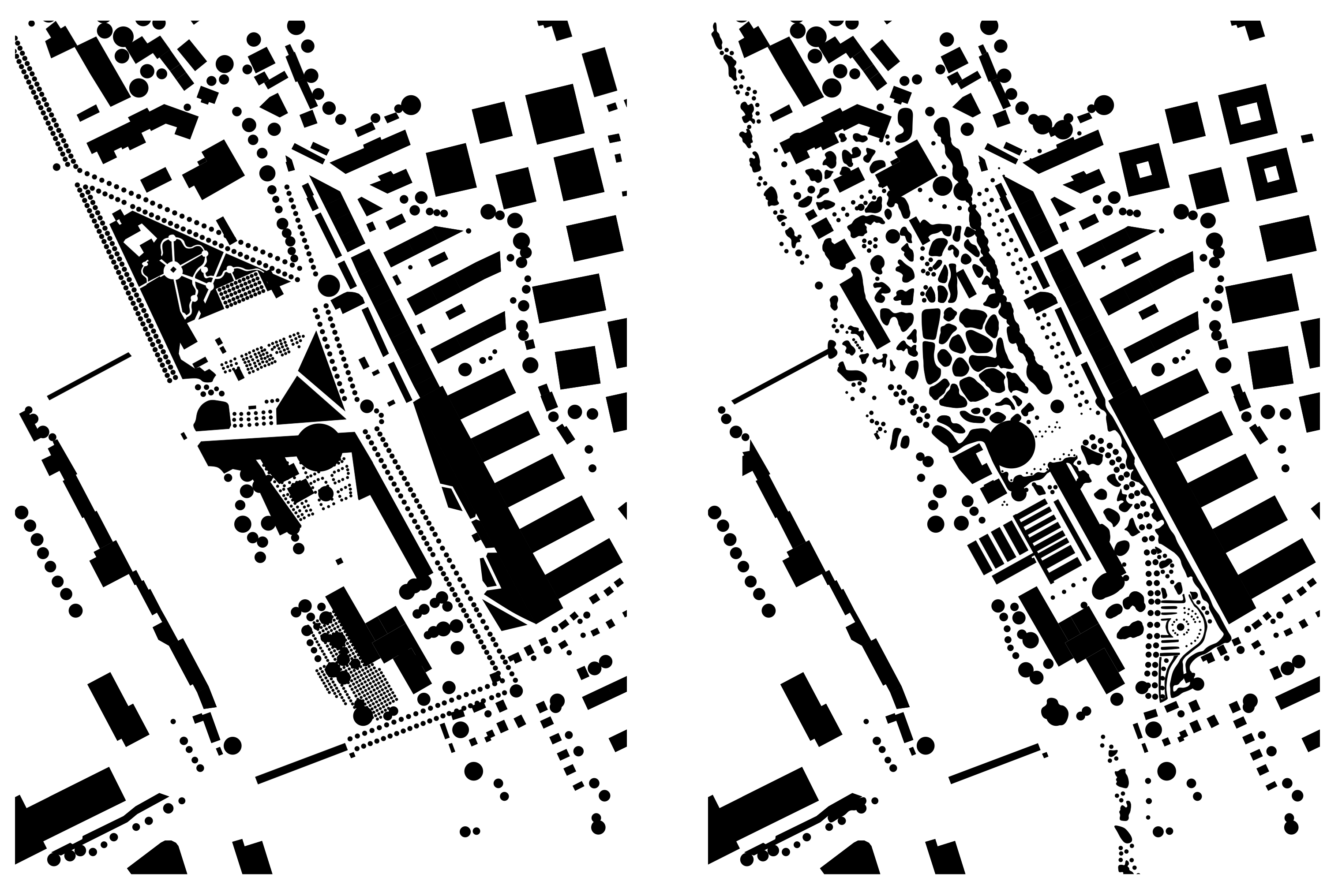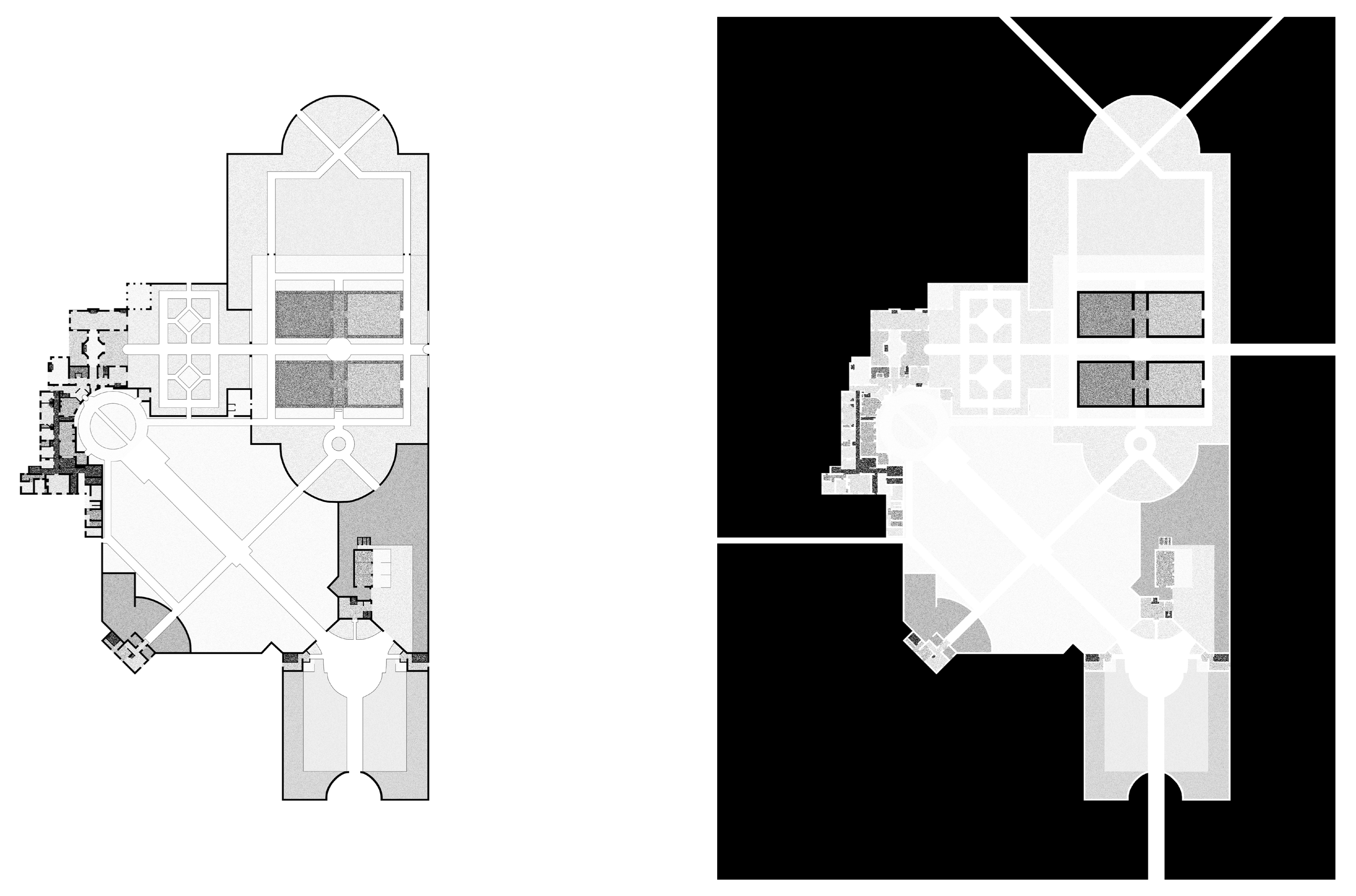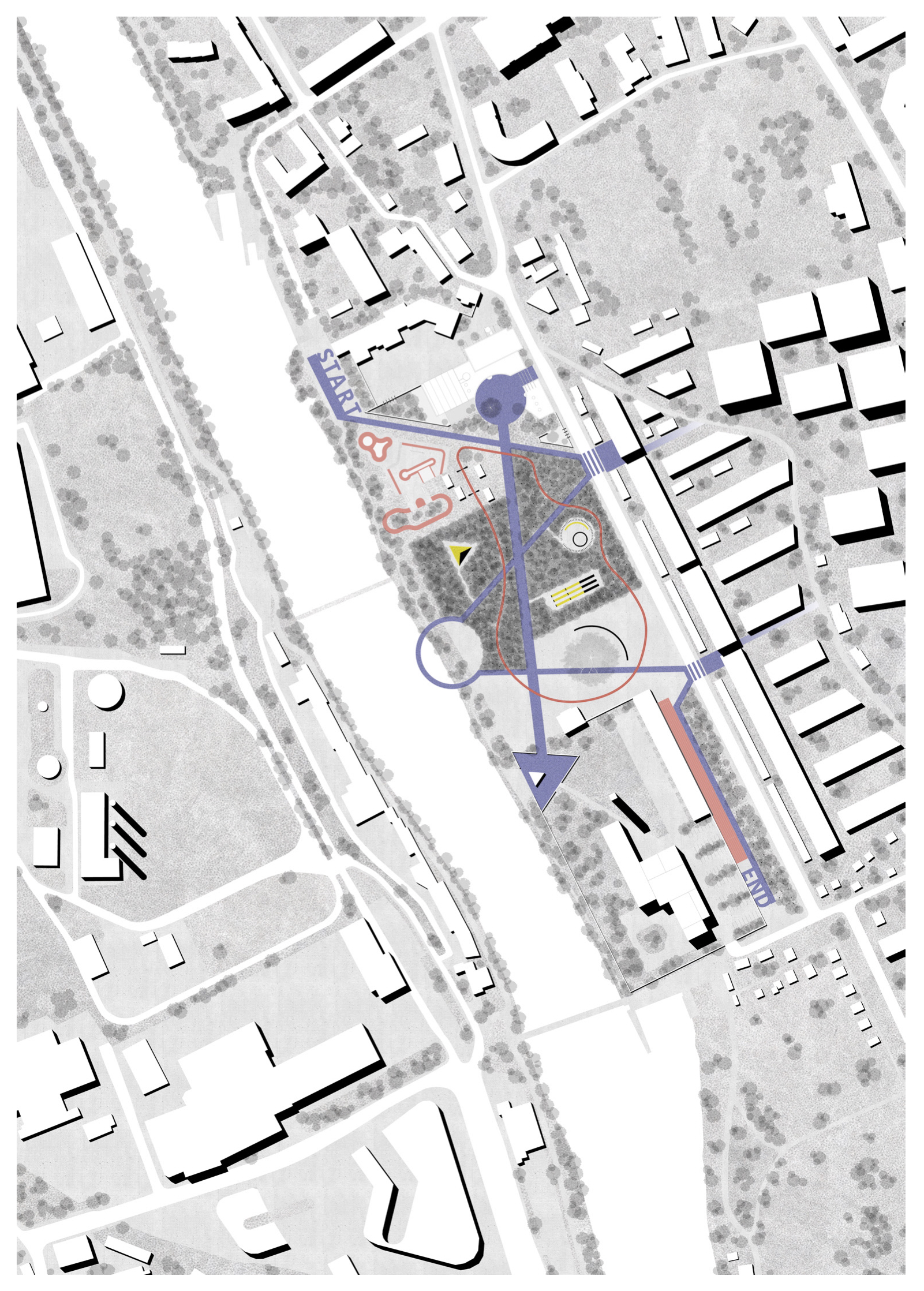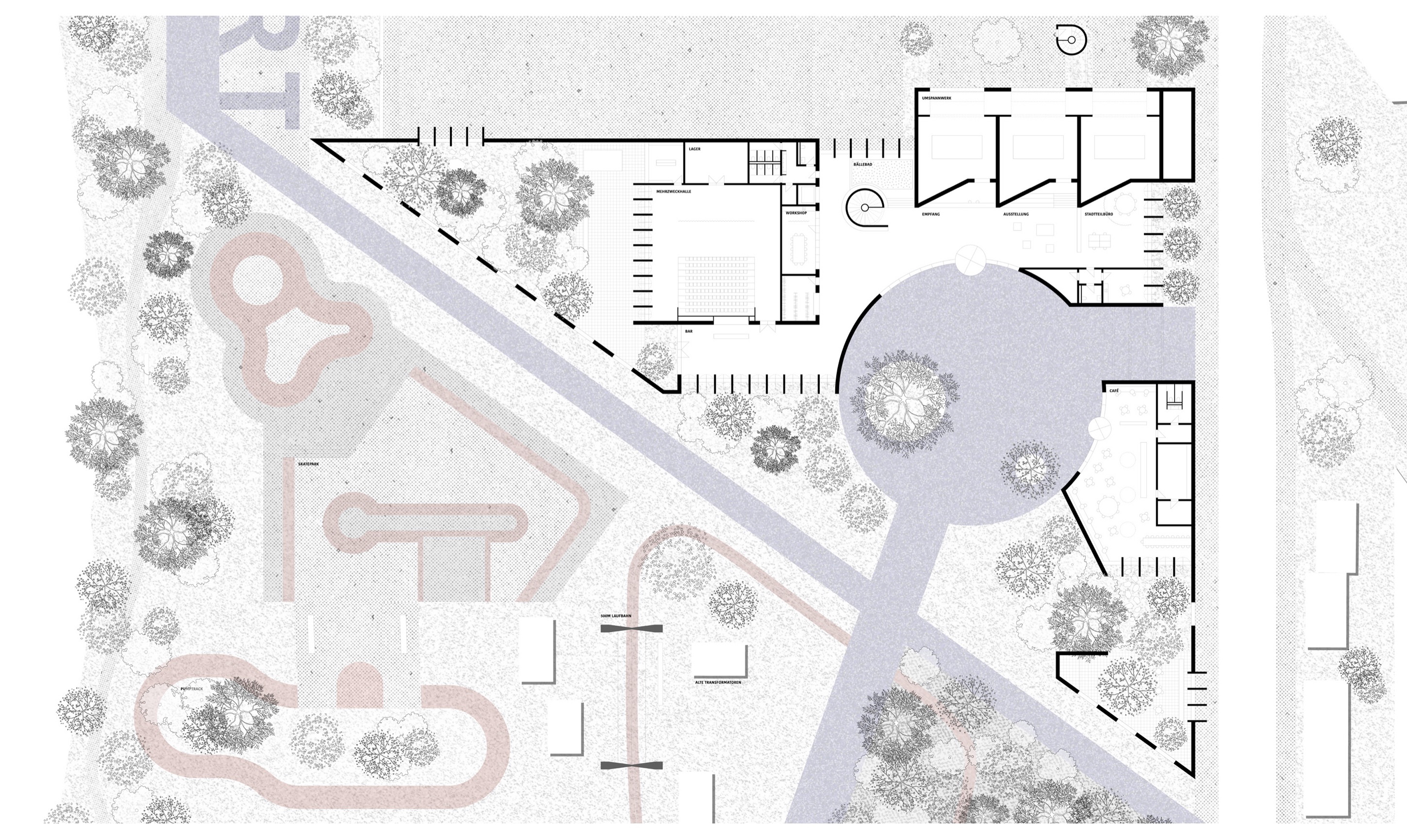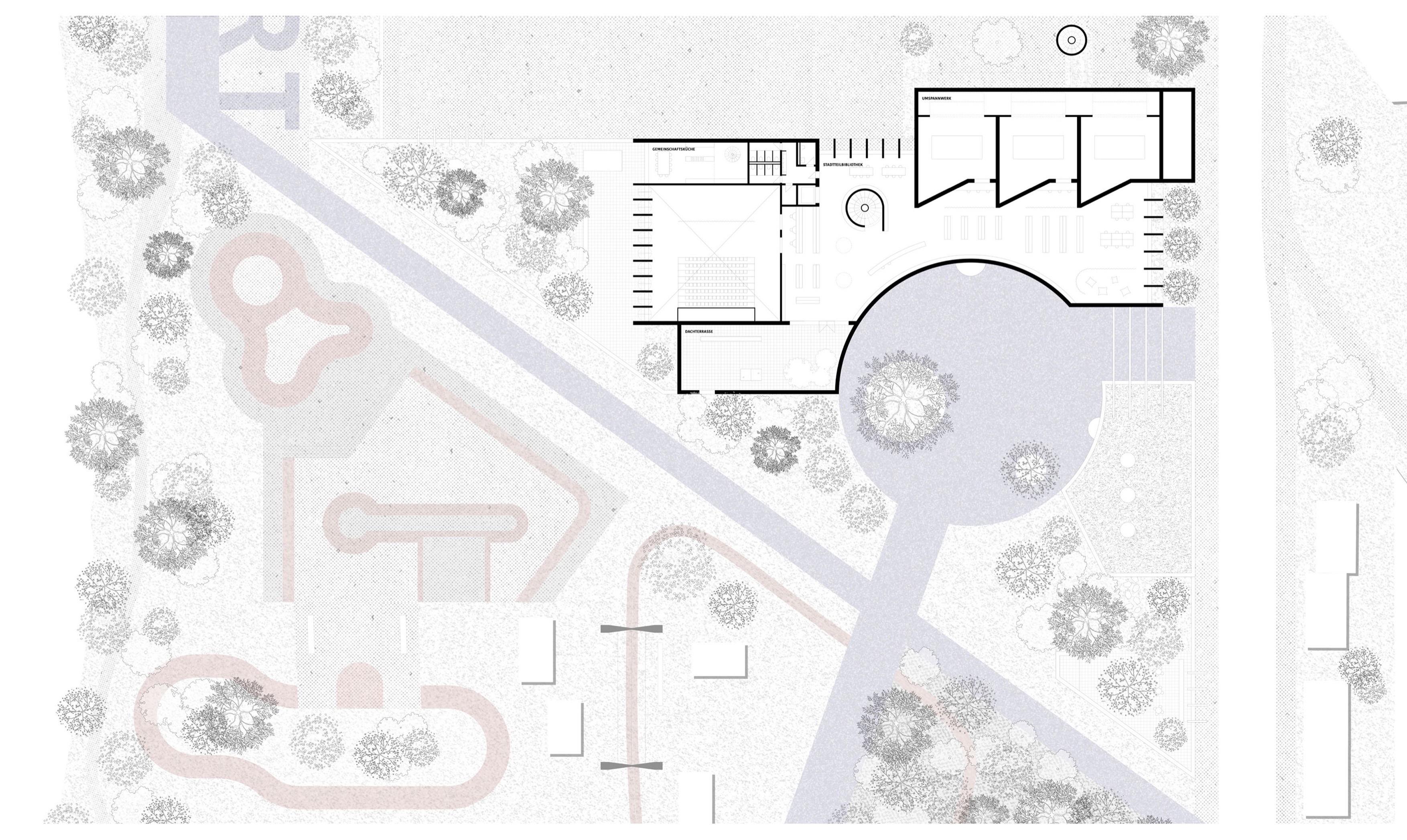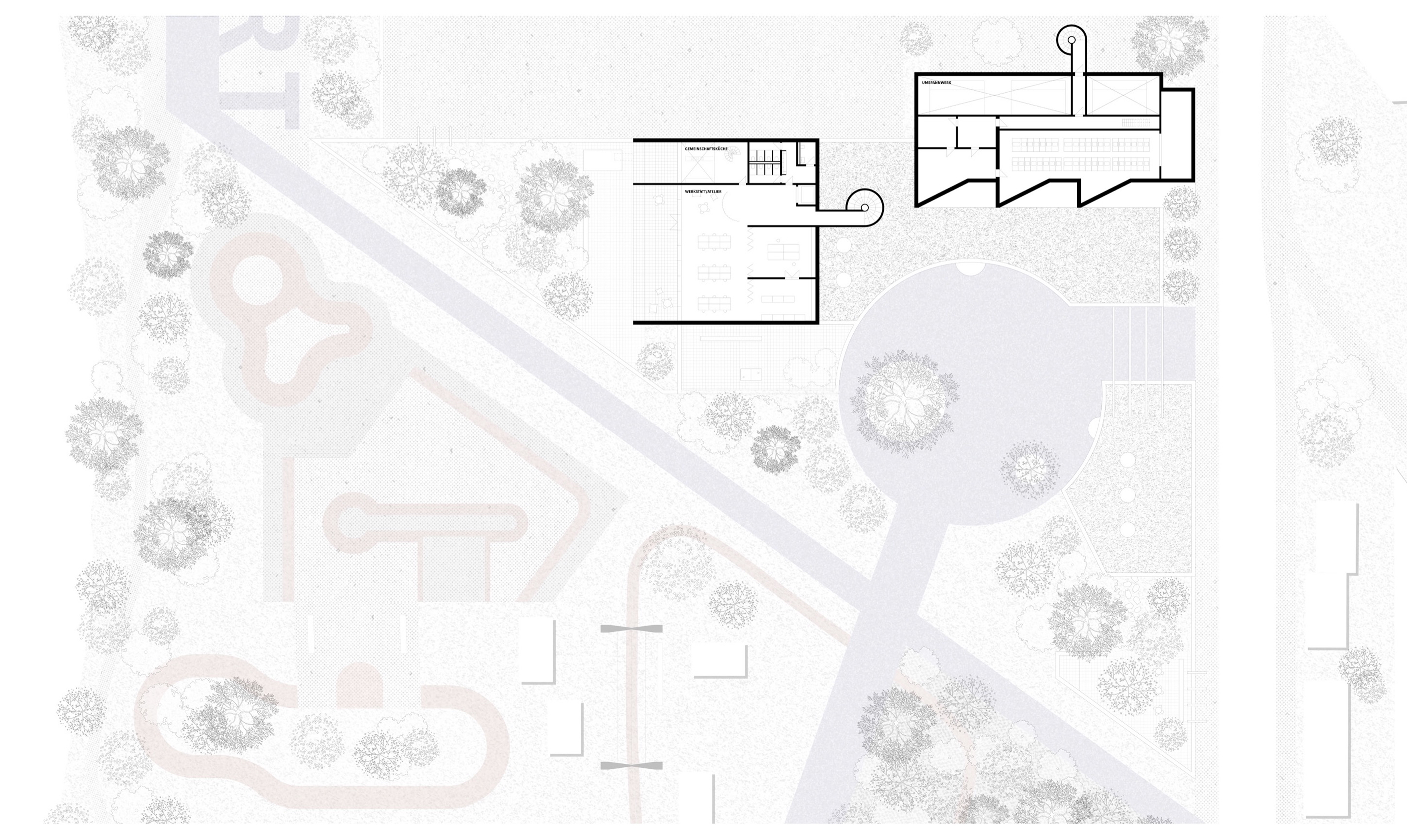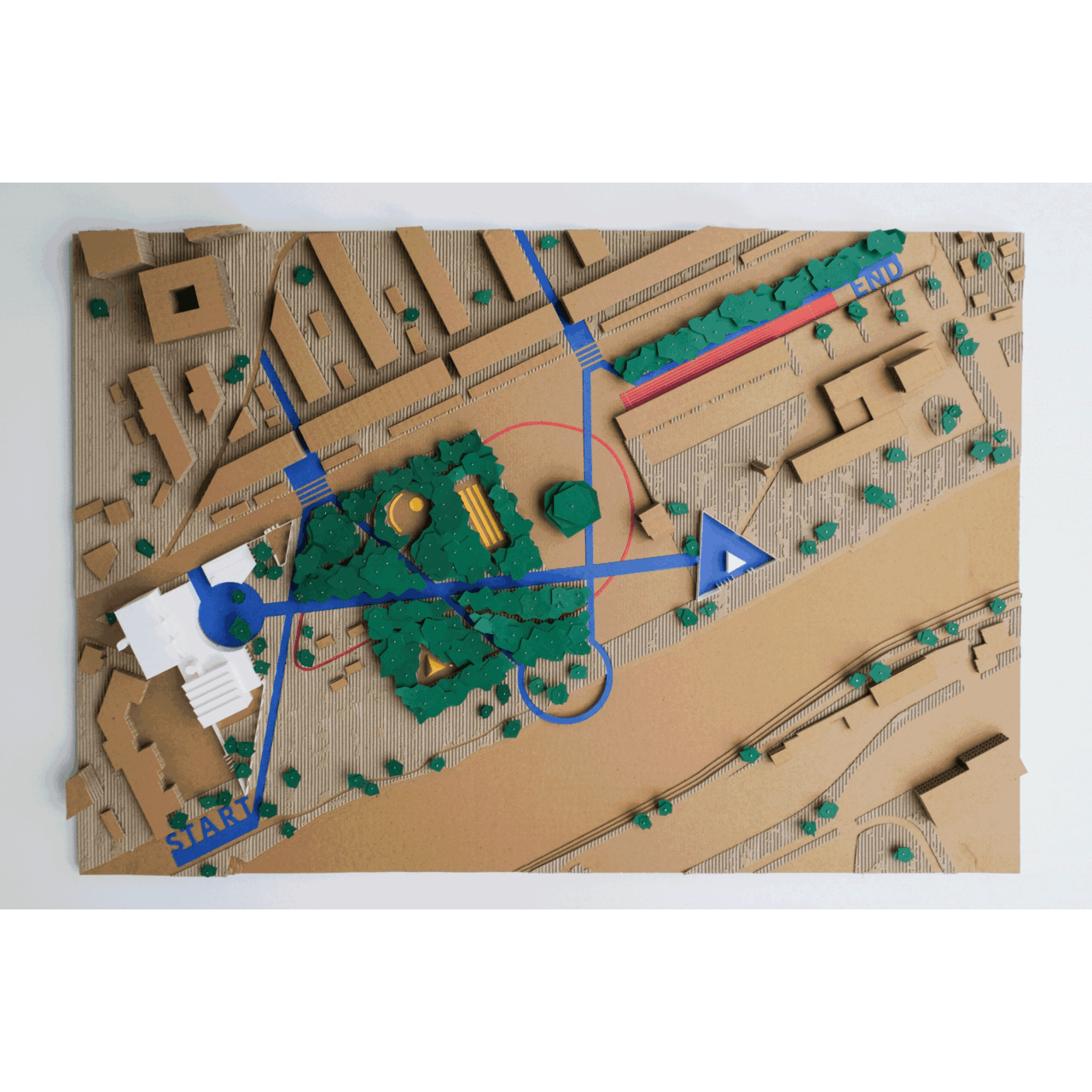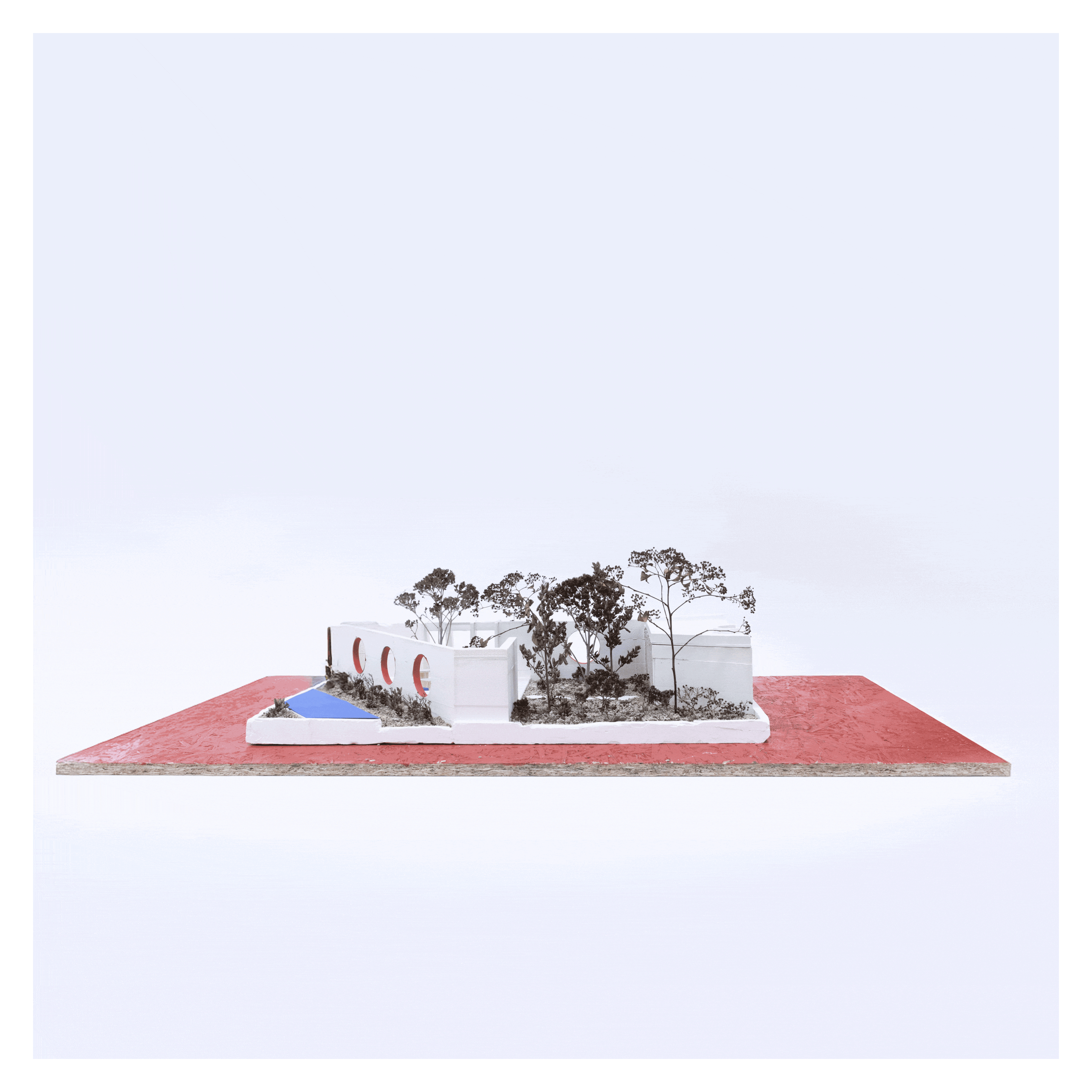Paradiesgarten(Stadt)
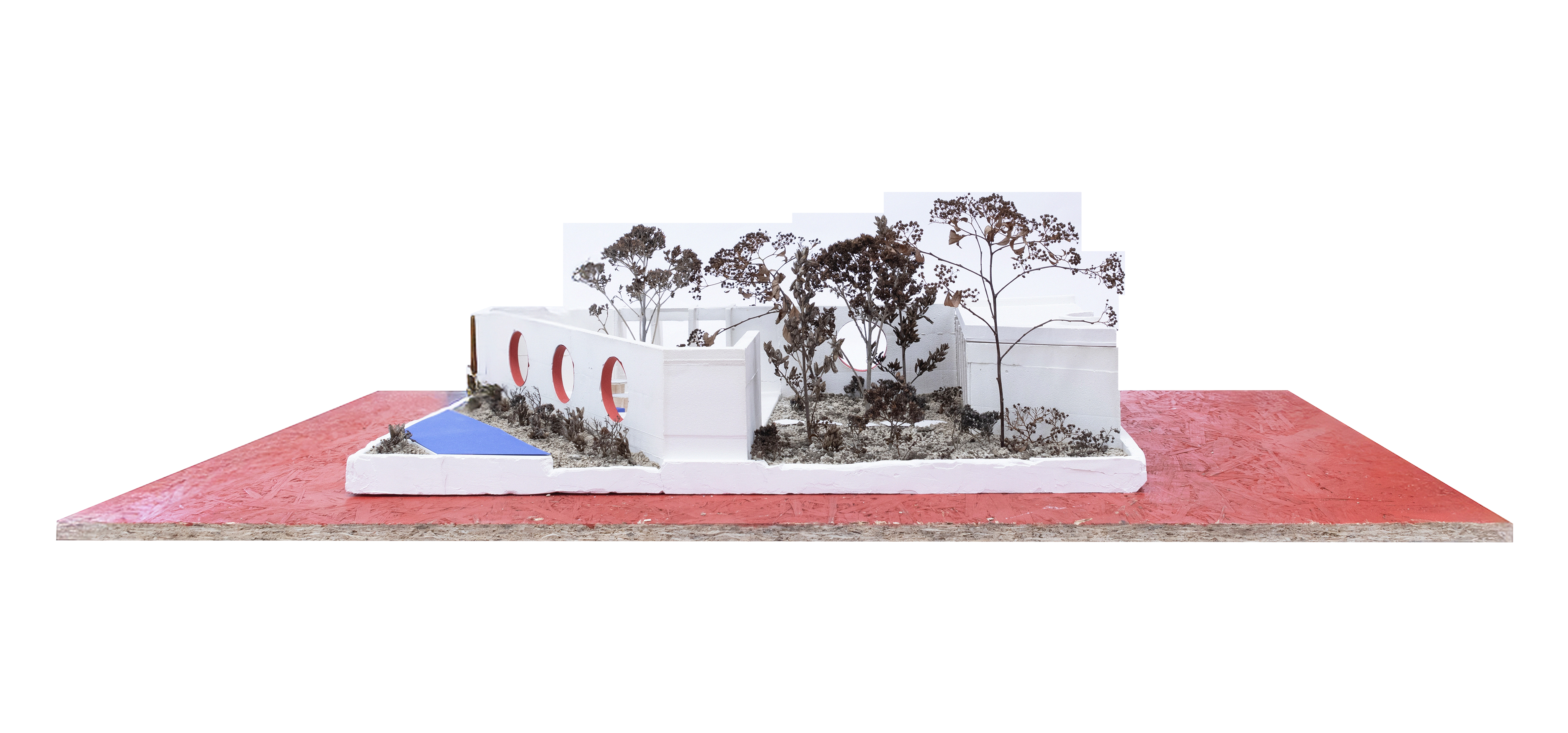
Negotiating the boundary between inside and outside, between protection and freedom, between private and public space has always been a core task of architecture. This applies both at the scale of the city—when we define the relationship between built structures and natural open spaces—as well as on a smaller scale, when we ask ourselves how we want to live in relation to nature.
Today, in light of our responsibility to use resources wisely and in response to changing climatic and ecological conditions, we are faced with the challenge of redefining the boundary between architecture and nature.
We seek answers in how we engage with peripheral space. How do we deal with areas between the urban core, the periphery, and the natural landscape? How can we create spatial situations that are both architecturally and urbanistically appropriate for these transitional zones?
To approach our design site without preconceptions, we begian this studio by understanding our entire environment as an artifact—making no distinction between built and grown environments, between architecture and garden.
In the first phase, we analyzed Baroque gardens and English landscape parks, translating their structures into Nolli plans. In the second phase, we overlayed these structures directly onto our design site and produce dense drawings of historical buildings in order to gain further insights for our design.
Based on these findings, we develop experimental approaches that lead to a new design for the given site in the southern area of Graz between the "Seifenfabrik" and a substation .
